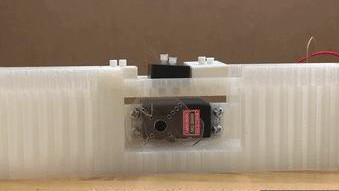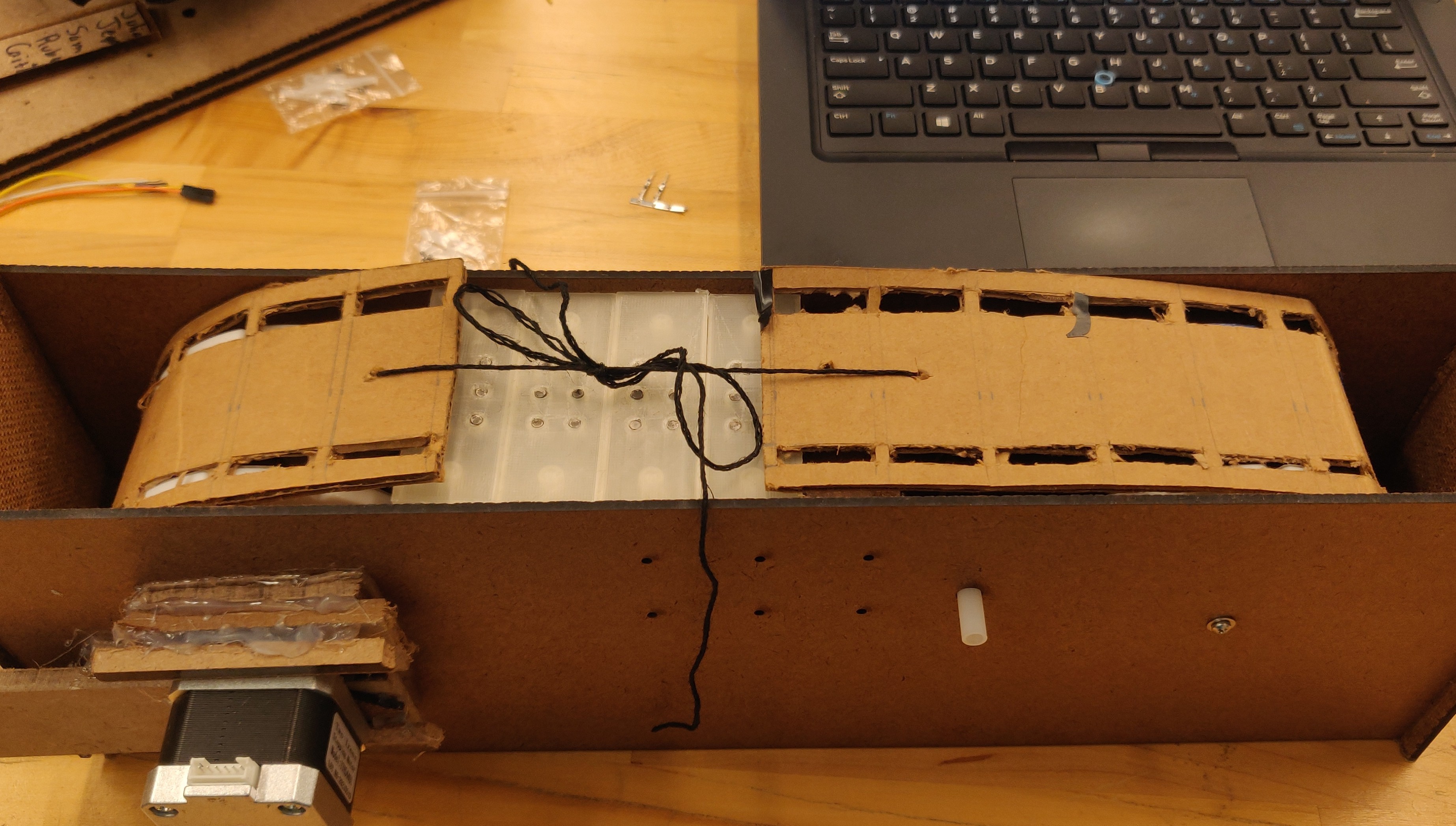Process
Explore the journey of making Braille Display!
The braille display was created in 6 weeks with a budget of $250. We worked in three two-week sprints to achieve our goals.
We aimed to create a proof of concept for a low-cost refreshable braille display. Current refreshable braille displays on the market are thousands of dollars, so we wanted to design a more cost effective system. Based on our budget, using solenoids to activate the dots was infeasible since each solenoid is $5. This would cost $30 to just activate one braille cell, not taking into account the added cost of controlling so many solenoids. After brainstorming, we decided on the basis of our design.
When we began the project, one of our initial considerations was that our project would not be designed using input from the main user group. We recognized that user research was beyond the scope and time constraints of the course. Instead, we did some quick research about braille, and decided as a team to focus on the course learning goal of building our technical skills rather than designing a product for a user group.
Minimal Viable Product
The goal of our minimum viable product (MVP) was to create a mechanism consisting of a chain of cells driven by a stepper motor. Each cell has pins representing braille dots that are actuated by 3 cams driven from a distance by servos. All electrical components are controlled by basic communication between Arduino and Python. To enter text, a saved .txt file is used.


